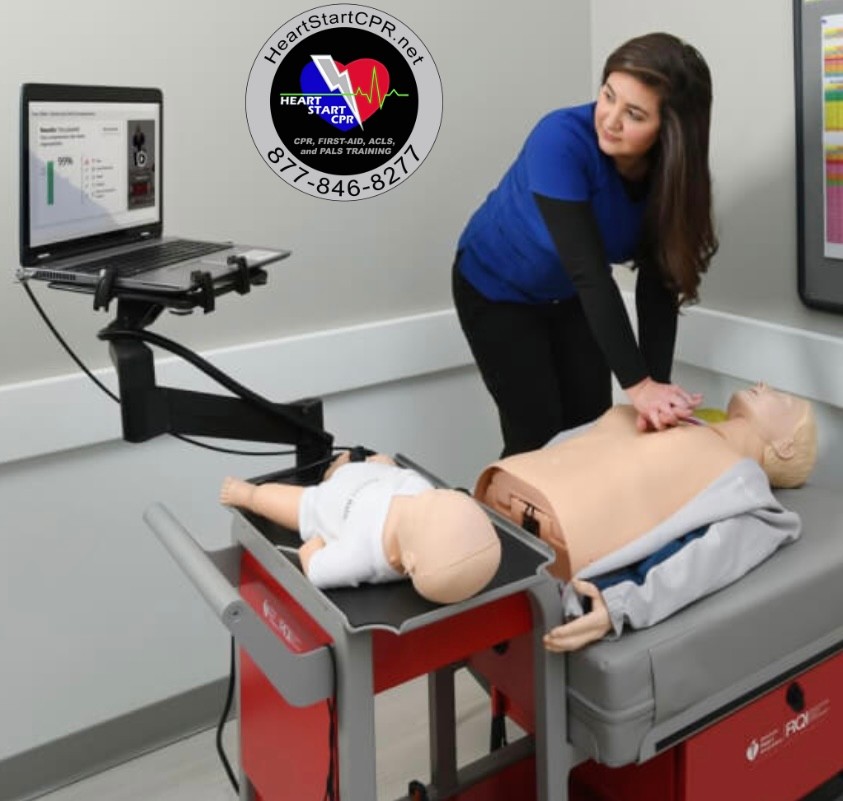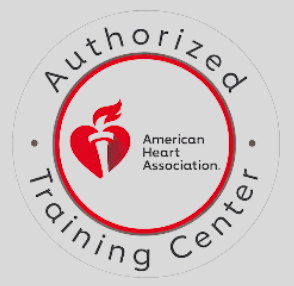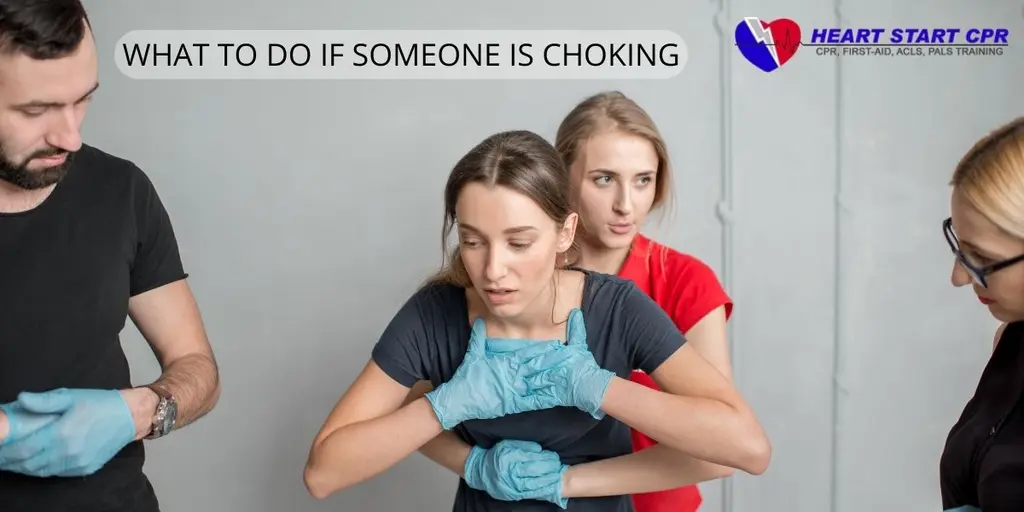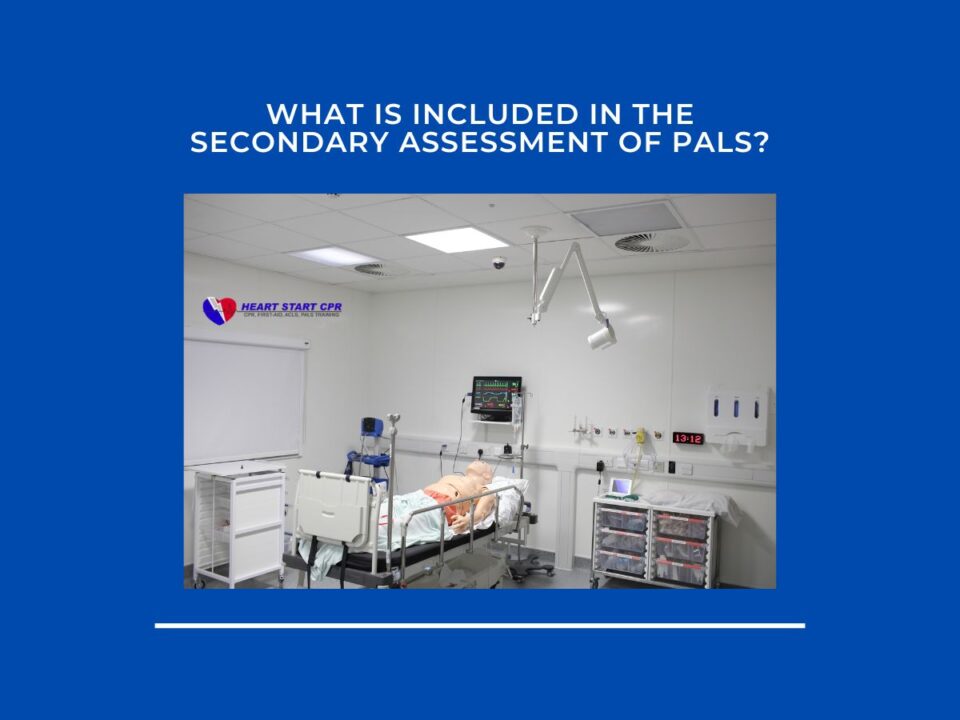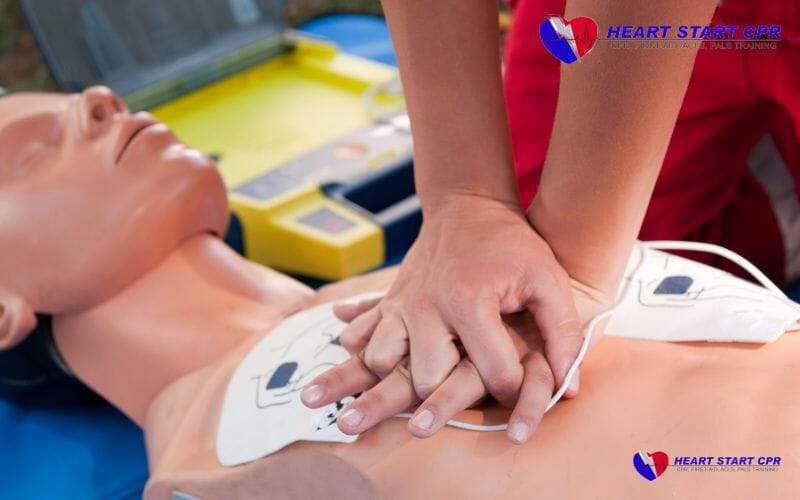
Heart Attack First Aid: Signs, Symptoms and What to Do
December 15, 2022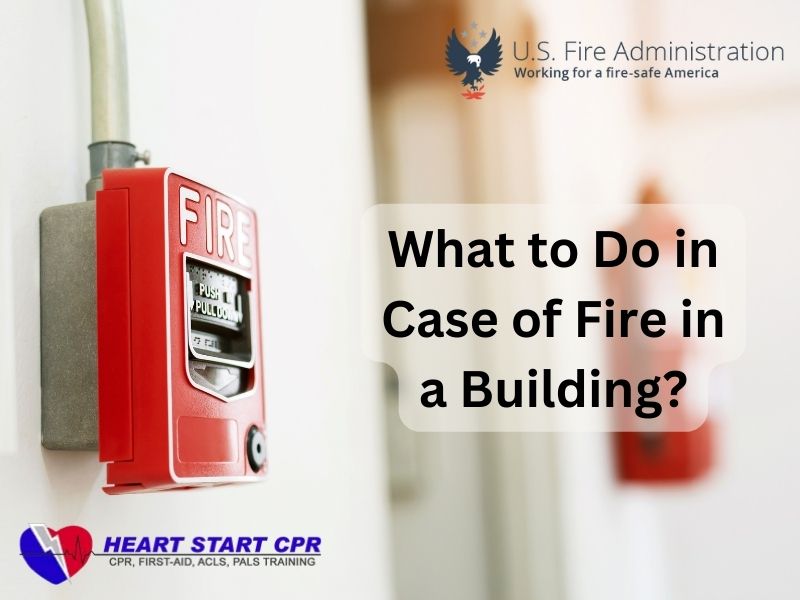
What to Do in Case of Fire in a Building?
December 19, 2022Imagine sitting in a restaurant and seeing someone choking on food, coughing hard to clear their throat. I know it's scary, and anyone can experience similar situations but what to do if someone is choking to comfort them? Choking happens to the majority of individuals at some time in their life. Although choking lasts for a short time and doesn't pose any real danger, it can sometimes be life-threatening.
Choking is a medical term that is referred to an obstruction caused by a foreign object. You might face choking when the air passage to the lungs is blocked by something like food. In such cases, immediate first aid for choking is necessary. When someone is choking, the airway is partially or completely blocked, making it difficult to breathe. Choking is the fourth primary reason for death due to injury in the United States. Most cases of choking are minor, but sometimes it can be a real threat and needs immediate first aid help or emergency medical professional's help if the blockage doesn't clear.
What Cause Choking?
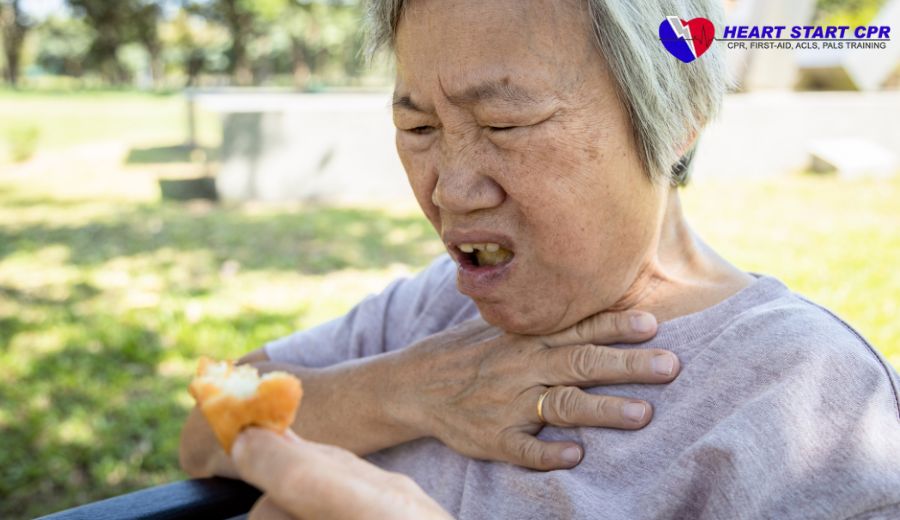
When we hear the word "Choking," the most common reason that comes to our mind is "Food." Food is the most common reason for choking among the elderly and especially children. We must be cautious while consuming food like popcorn, nuts, carrots, hot dog, peanuts, and grapes. Food that contains bones should also be eaten carefully. But the choking is not caused by the food alone. There are various other reasons which can cause choking. The following are some of the reasons responsible for choking and we must always be ready for the treatment and first aid:
- Allergic reaction
- Some inedible items
- Diseases
Types Of Choking
All types of choking are severe and should require immediate medical attention. There are mainly two types of choking partial airway obstruction, also known as mild choking, and complete airway obstruction, also known as severe choking. Knowing the type of choking will help to determine the types of medical attention someone requires. Following are the types of choking.
Mild Choking
Mild coking or partial airway obstruction is caused due to partial blockage. A person suffering from mild choking can talk and cough. You can hear the wheezing and gagging sound. When you see someone with mild choking symptoms, you must encourage them to cough hard. Following are the ways to identify mild choking:
- The choking person can breathe, cough and cry.
- The person will be able to talk.
- Usually, the victim will clear the blockage themselves.
Severe Choking
Severe choking is the complete blockage of the airway. Breathing becomes difficult for the person. Call 911 immediately if you find someone with severe choking symptoms. Following are the ways to identify severe choking:
- The victim will be unable to breathe, cough, and cry.
- The person cannot talk.
- They require help immediately. Otherwise, they will lose consciousness.
What are Signs of Choking?
Choking occurs when a foreign object, such as food or a small toy, becomes lodged in the throat or windpipe, blocking the airway. The signs of choking can vary depending on the severity of the obstruction, the signs of severe airway obstruction include the following:
- Difficulty breathing or noisy breathing
- Clutching or grabbing the throat
- Blue or dusky skin color around the face or lips
- Inability to speak or make sounds
- Coughing or gagging
- Wheezing or high-pitched sounds while inhaling
- Loss of consciousness (in severe cases)
It is important to note that some people may not display all of these signs, and the severity of the choking incident can vary from person to person. If you suspect someone is choking, it is essential to act quickly and provide appropriate first aid assistance or call for emergency medical assistance if necessary.
How to Stop Choking?
You can prevent choking in an adult by:
- Cut foods into small pieces
- Chew thoroughly
- Avoid talking and laughing with food in mouth
- Stay calm
- Be mindful of dental issues
- Check food product labels for choking hazard warnings, especially for elderly adults who may have difficulty swallowing certain textures.
- Learn the Heimlich Maneuver
- Know emergency numbers
- Consider CPR training
You can prevent choking in children by:
- Supervise while eating
- Cut food into small pieces
- Encourage chewing
- Instruct children to chew food thoroughly before chewing
- Avoid Hard Candy and Nuts
- Keep small toys, coins, marbles, and other small objects out of reach of young children
- Teach them not to put objects in their mouth
How to Save Someone From Choking?
You might be wondering what to do if someone is choking in your presence. In such a situation, acting calmly and providing the right treatment can save anyone from choking. The principles of first aid for choking differ for different age groups. Let's learn how to save a choking adult, child, and pregnant woman.
First Aid for Choking Adult
If you see someone choking, you must help them quickly and calmly. The first thing is to make sure they are okay, and then you can encourage them to cough. The object completely blocks the airways if the person cannot speak or breathe. It would help if you gave first aid for choking. Follow the steps below if someone is choking:
- Call 911: suppose a person is choking, and you cannot help him even after giving the necessary rescue treatment; immediately Dail 911 or your local emergency number. Ask for the person around for help, and if there is no one near you, yell for help.
- Encourage the Person to Cough: It may sound hard to listen to someone struggling, but sometimes coughing can remove the food or other foreign object obstructing the airways. Encourage the person to cough hard.
- Back Blows: Bend the person choking over at the waist and put your less dominant arm over the person's chest. Use your dominant arm and strike five powerful blows between the shoulder blades.
-
Perform Heimlich Maneuvers: We must perform the Heimlich maneuver or Abdominal thrust to remove the obstruction. Here's how to perform Heimlich maneuver in simple steps:
- You need to stand behind the choking person and wrap your arms around their waist.
- Make a fist with one hand and places it right over the person's navel.
- Grab your fist with the other hand and perform five abdominal thrusts by pressing into their abdomen with quick, upward thrusts.
- Continue repeating the abdominal thrusts until the obstruction is forced out or the person can breathe and cough independently, even if five thrusts are insufficient.
Note: Do not give abdominal thrust to babies and infants under one year.
Perform abdominal thrust with enough force, which creates enough air pressure to dislodge the object blocking the airway. You can increase the force of the thrusts by leaning the person forward slightly and using your body weight to help push the object out.
Clear the airway of an unconscious choking person:
- Firstly, lay the unconscious victim on its back
- Next, if the obstruction is clearly visible, attempt to clear it by carefully using your finger. However, refrain from attempting to clear the obstruction if it is not visible, as doing so may push it deeper into the airway, which can be highly risky, especially for young children.
If someone shows clear symptoms of choking deliver a five-on-five first aid approach, give 5 back blows and 5 abdominal thrusts. Continue the process until the blockage is dislodged.
First Aid for Choking Child (Under 1 Year)
Infants and children are more at risk of choking. They are the most to be cared for while eating because they are still learning and a small obstruction can lead to choking. In this situation, any parents would go nulled but acting calm and right approach of first aid can't harm your little child.
Abdominal thrusts can not be applied to a child, so what to do if an infant is choking? To clear the airway of a choking infant younger than age 1:
- Sit and hold the baby facedown, rest your forearm on your thigh, and hold the infant’s chin and jaw to support the head.
- After you position the baby thump the baby’s back gently yet firmly 5 times in between the shoulder blades. The back blows should release the airway obstruction.
- If breathing does not start face up the baby and hold on to your forearms while resting on your thigh.
- Give 5 gentle yet firm compressions with your index and middle finger. The chest compression should be about 1 and ½ inches deep.
- Repeat the back blows/thumps and chest compression if the baby does not start breathing normally.
Begin infant CPR if the airway is clear but the baby is not breathing.
Note: Call 911 or Emergency Medical Service immediately. Do not wait for things to go out of hand.
First Aid for Choking Pregnant
If the choking person is pregnant delivering abdominal thrusts is kind of impractical because you can’t reach your hands around the stomach, at the moment give chest thrusts.
- Stand behind the person, and put your hands around the breastbone, just above the joining of the lowest ribs.
- Give quick chest compressions, and perform as Heimlich maneuver.
- Repeat the method until the foreign object is removed from the airway.
CPR for Choking
If a person becomes unconscious while choking, you must perform CPR. Providing CPR for a choking victim helps to circulate oxygenated blood throughout the body. Here are the steps to begin CPR in the context of choking:
- Put the person on a solid surface with their back facing up.
- Kneel next to their chest and place the heel of your hand (one hand) on the center of their chest.
- Your other hand should be on top of the first hand, and You should interlock your fingers.
- Keeping your arms straight, press down on the person's chest with quick, forceful abdominal thrusts. The chest compressions should be about two inches deep and performed at a rate of about 100-120 per minute.
- After 30 chest compressions, tilt the person's head back and lift their chin to open their airway. Please take a deep breath and give the person two mouth-to-mouth rescue breaths by blowing into their mouth until you see their chest rise.
- Continue performing CPR, giving 30 chest compressions followed by two rescue breaths, until the person begins to breathe on their own or emergency responders arrive.
Learn more in detail about how to perform CPR on different demographic patients.
It is essential to stay calm and act quickly when someone is choking. If the person is unconscious or you are unable to help them using the Heimlich maneuver or CPR, call 911 or your local emergency number for assistance. Emergency responders are trained to handle choking emergencies and will be able to provide the necessary care to help save the person's life.
Call for Emergency Medical Assistance
Sometimes even after trying everything, you may be unable to relieve the victim. So instead, you need to ask for help from the emergency medical team quickly. If someone is showing the signs of choking and experiencing severe breathing difficulties even after trying everything, it is essential to immediately call for emergency medical assistance. Immediate actions are crucial in such situations. Here are some guidelines for calling for emergency medical assistance during choking.
- If the person becomes unconscious: Call for emergency medical assistance immediately if the person becomes unconscious.
- Call for emergency medical assistance if the Heimlich maneuver and other first aid techniques are unsuccessful.
- If the person is pregnant, elderly, or has a known medical condition: In these cases, it is essential to call for emergency medical assistance even if the person appears to be breathing normally after the choking incident, as there may be underlying complications that require medical attention.
Choking can be a life-threatening emergency, so acting timely and effectively can help you save the victim's life.
CPR and First Aid Training For Choking
There is the significance of first aid and CPR training in the event of emergencies like choking. These emergencies require someone who can recognize the symptoms early and provide the necessary treatment quickly and efficiently. You can get trained in CPR and First Aid to handle these situations more calmly and efficiently.
Heart Start Offers CPR and First Aid Training to anyone who wants to learn the required knowledge and confidence to act in a crisis. This course can be taken by anyone, even without a medical background. We also offer BLS training classes, ACLS training classes, and PALS training classes in San Francisco Bay Area. So, join us at Heart Start CPR and be ready to help a choking person in your presence.
Related Post: The Three C’s of First Aid Protocol
FAQs of First Aid for Choking
What to do when choking on saliva?
If a person is choking on saliva, encourage them to cough and call 911 for immediate help if they cannot breathe.
Can you do CPR if someone is choking?
If the person becomes unconscious while choking, you must perform CPR. CPR can help to get rid of the airway obstruction. Always follow the latest American Heart Association's guidelines of CPR for the effective outcome of the process.
Do you give water to someone choking?
If the victim is getting air and not choking do not hit on the back or give water to drink. Instead, encourage the victim to cough hard continuously. If the problem goes on to worsens the situation Perform Heimlich Maneuvers or thump on the back. Commence appropriate first aid procedures based on the demographics of the individual in need.
How many back blows when choking?
Bend the victim forward and give 5 back blows in between the shoulder blades gently and firmly. Thumping on the middle of the back creates a heavy vibration and pressure in the airway which often helps in clearing airway obstruction.
What to do when choking but still breathing?
In the case of choking but still breathing do not attempt to remove the obstruction or even thump the back of the victim. Encourage the individual to cough hard and continuously, allowing time for the airway obstruction to dislodge. Do not offer any food or liquids until the blockage has been cleared.
What is the number one priority when someone is choking?
Clearing airways, or swiping out the foreign object from the windpipe should always be the first priority for choking. A blocked windpipe that prevents breathing is a critical situation that can potentially result in suffocation and even death.

